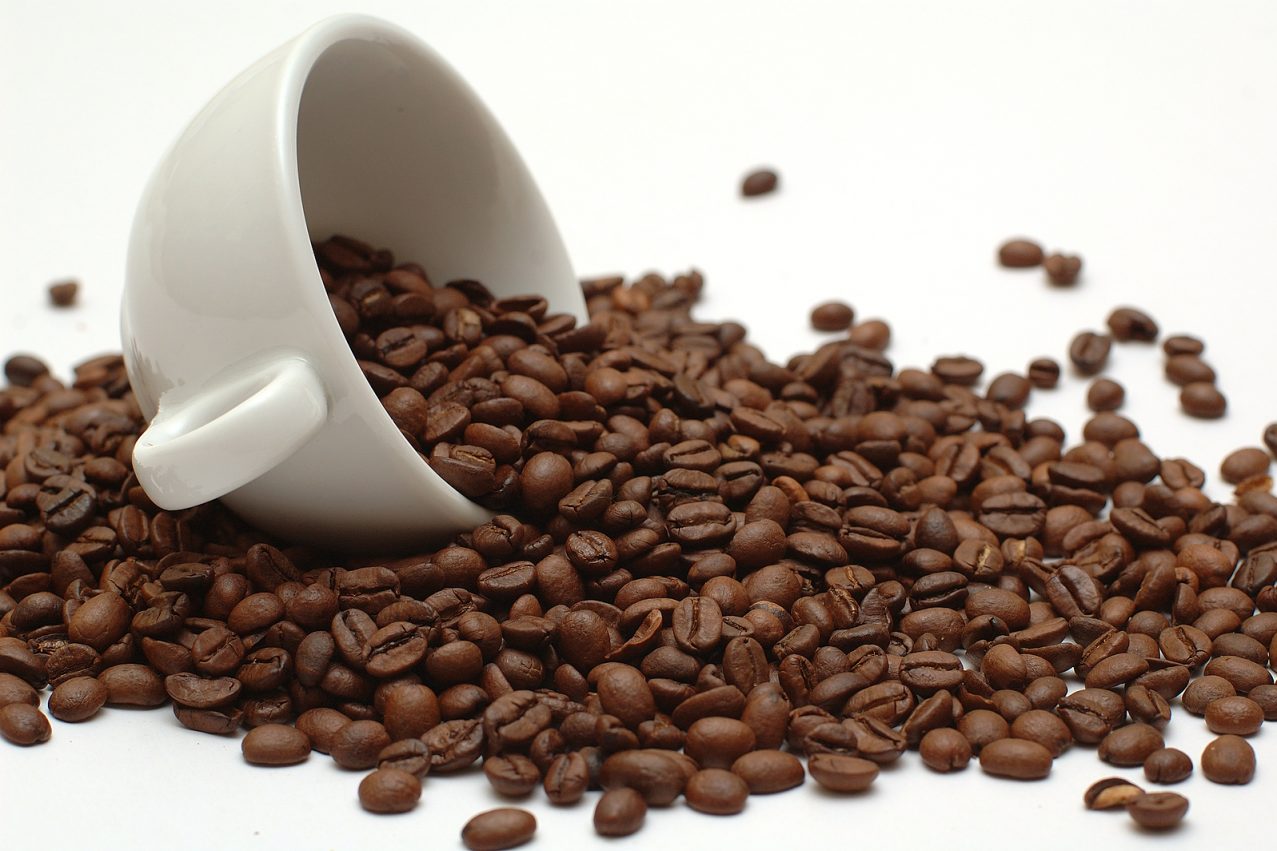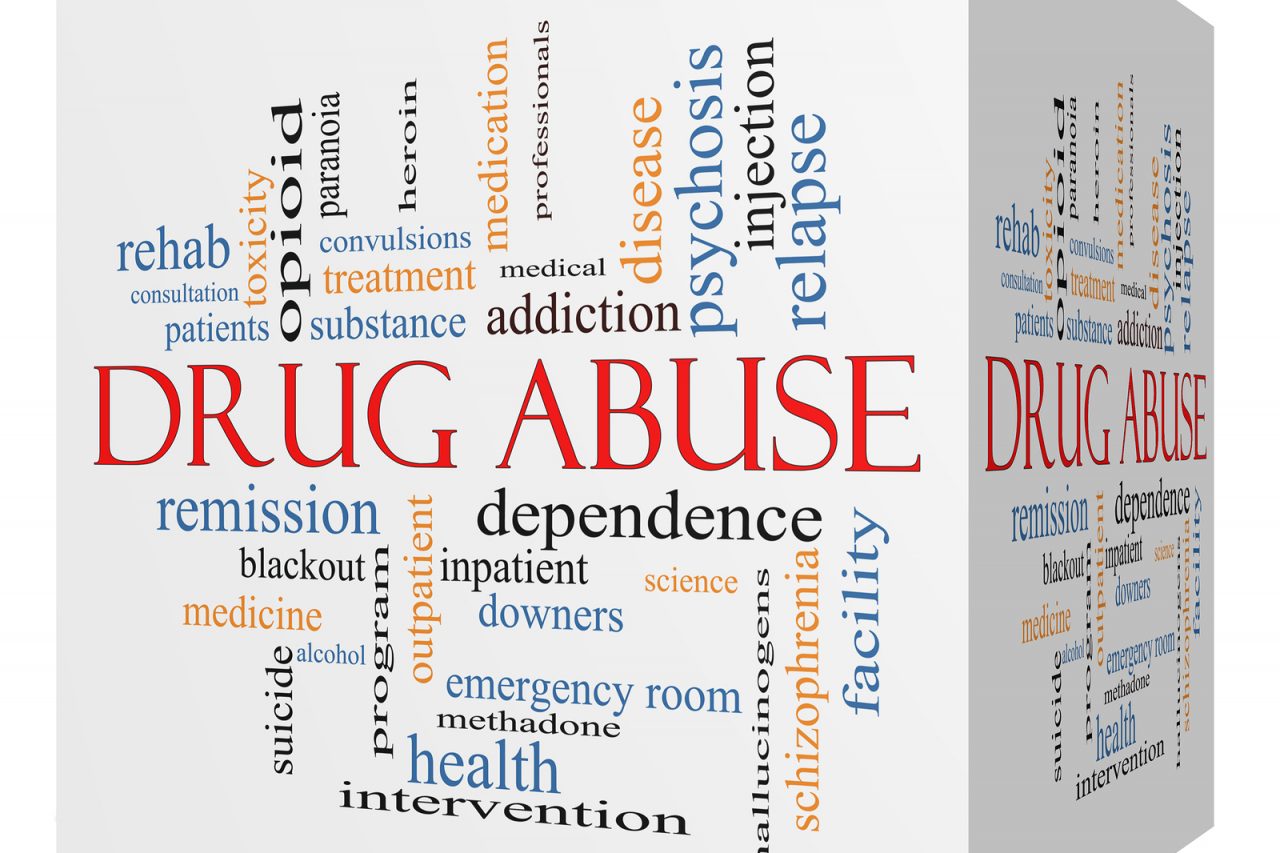Millions of lives and billions of dollars were saved this week and America moved a step towards a healthy new future. A new drug or surgery? Another genetic breakthrough? No, an event much more powerful. Nine medical societies (soon to be 17) and 11 consumer groups stood up together and in one voice said, “We are sick and tired and we are not going to take it any more!”
On April 4, 2012, the partners of the Choosing Wisely Campaign released their first collaborative list of unnecessary, expensive and therefore dangerous medical testing. These groups, representing well over 200 thousand physicians, AARP, industry, farmers, unions, business interests, health advocates and even Wikipedia, published a list of tests which are often unneeded and guidelines when they can be avoided. This is a national grass roots campaign without government, insurance or even AMA involvement. In this broad movement that it can be said that the people have spoken…they want costs down and quality medical care up.
Of the 2.8 trillion U.S. dollars spent on health care each year, we waste $600 billion on unnecessary tests, unhelpful treatments, and complications. We are a country that is long past the point where more money buys better health. We spend so much on medical care we are hurting ourselves. Unneeded tests lead to unneeded diagnoses which lead to unneeded treatments which lead to unneeded complications which cause unneeded suffering, all spent with desperately needed dollars. We fear that government and the insurance industry, though harsh rationing, will force a fix on the mess. It seems we have an alternative. The Choosing Wisely group is a board base of consumers and they are helping us make a stand.
In its first publication, the Choosing Wisely Campaign, organized by the American Board of Internal Medicine Foundation, dispersed five specific recommendations from each of nine specialty societies.
Examples include:
– Sinusitis is usually viral so do not use antibiotics and avoid CT scans
– Bone density X-rays only on women older than 65 or men older than 70
– Avoid routine EKGs unless the patient has a problem
– No routine stress tests, regular or nuclear, and reduce radiation exposure
– Reduce routine or pre-operative chest X-rays
– Avoid CT scans for routine headaches
– Colonoscopy only every 10 years, if normal
– Avoid chemotherapy in weak patients with advanced cancer
– Careful consultation with the patient and family before starting dialysis
– Reduce PET, CT scans and labs in cancer patients who are likely cured
– Use ultrasound, not CT scans for children with appendicitis
– Avoid scans for routine back pain for at least six weeks
The specialty societies that made these recommendations note that it is up to each doctor and patient to decide if there are reasons to perform specific tests or treatments. Nonetheless, they note that much of the time testing does not improve health.
So far, Choosing Wisely has produced 45 recommendations. By year’s end, eight more organizations will each produce five more guidelines. In addition a campaign of education for all medical consumers (doctors, hospitals, patients, etc) is underway and a major part of the effort.
This is a breakthrough in healthcare. It promises to protect and help everyone. First, patients have the ammunition to better judge tests and ask better questions. Physicians have improved guidelines and the support to avoid unneeded “care.” This means better and more balanced conversations with patients. Thus, patients should experience earlier introduction of therapies that will actually help. There should be less defensive medicine. Finally, in the disaster that is American medical finance, we will all save dollars, thus making our Country more competitive and care more affordable.
At its base, the Choosing Wisely Campaign is simple. What is the data? What really helps? What hurts? How can we work together to educate everyone about the best care? However, the concept of making decisions in this way is revolutionary. Without government or insurance control, it gives information so that patients and physicians can together make quality personal decisions, while maintaining medical freedom. With this kind of initiative, we, the patients, the doctors, the people, can seize control of health care in this new Century.







4 Comments